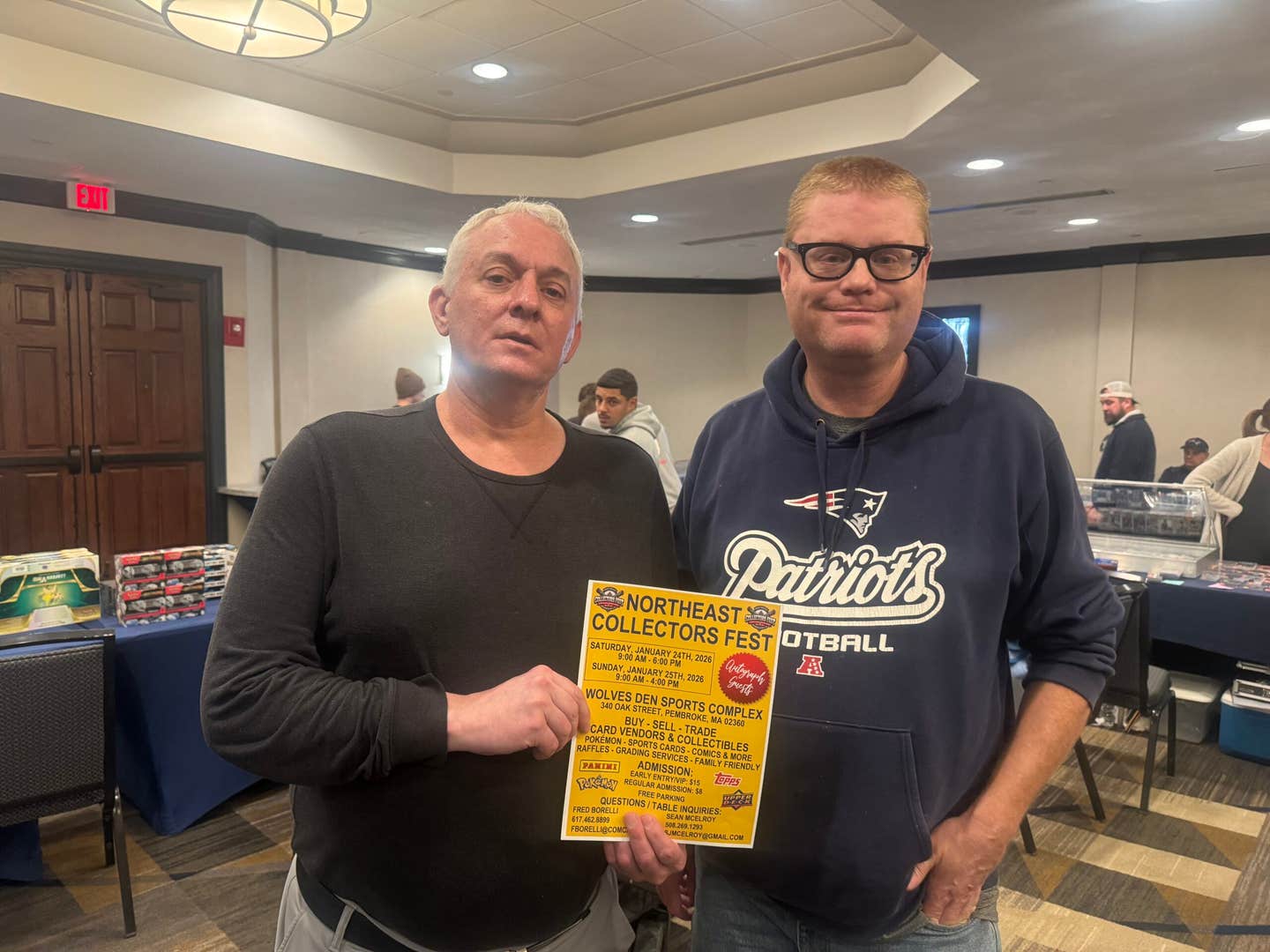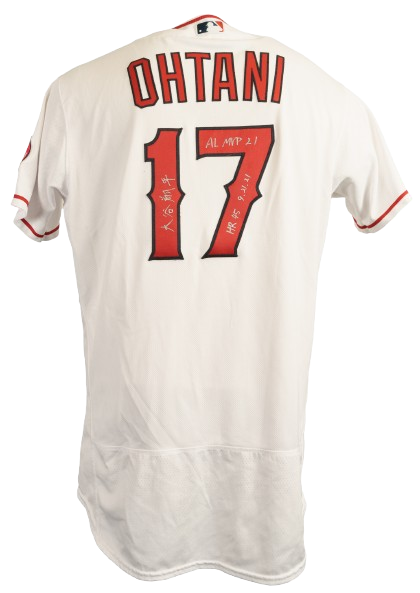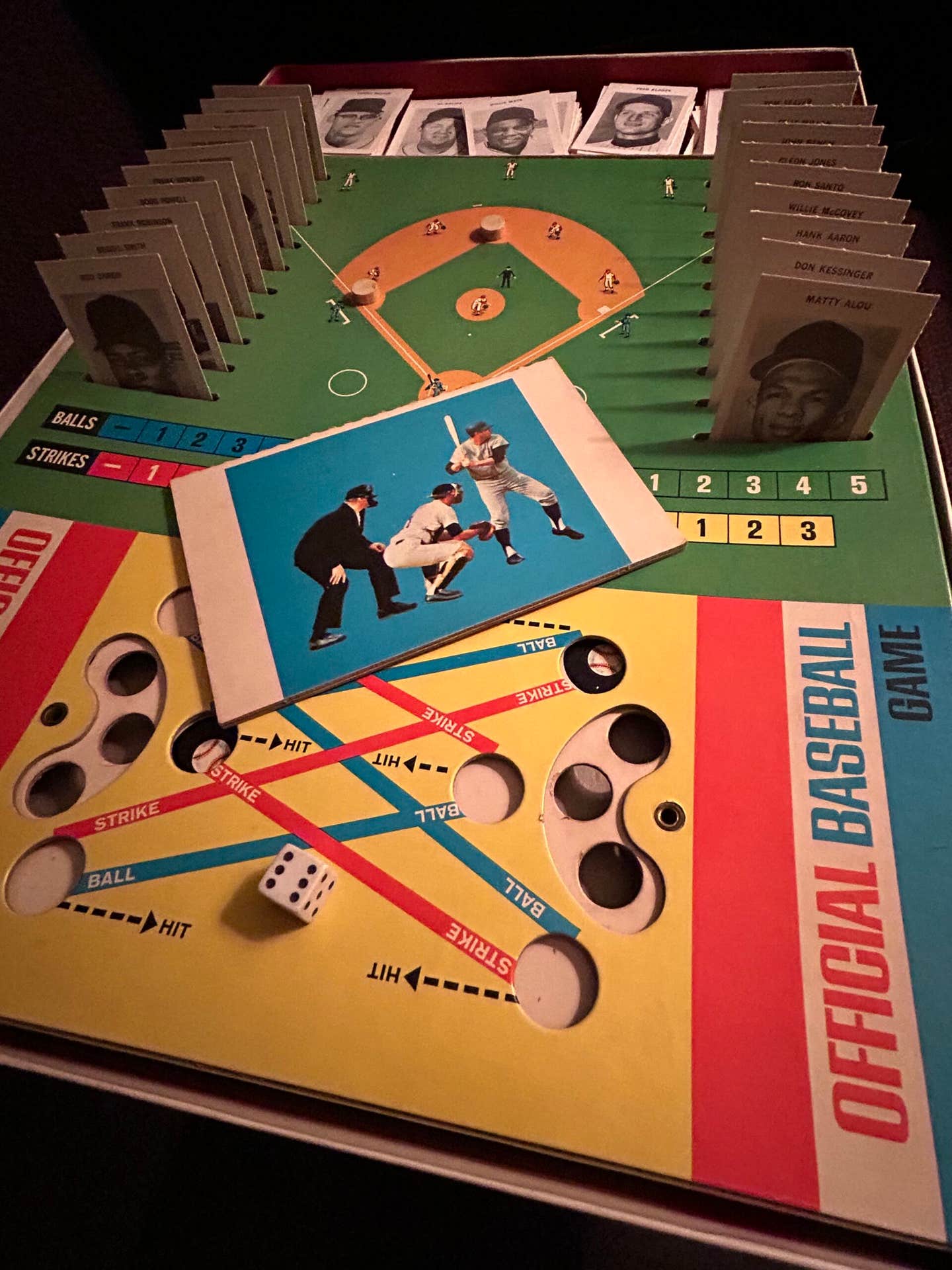Memorabilia
Book Review: ‘The Last Leaf’
By Ron Keurajian
Autograph collectors have a unique perspective on historical events. It is the one collectible where you can actually interact with a notable figure in history. You can’t say that about beer cans or baseball cards. More than simply obtaining a treasured signature, collectors can attain precious insight on events from years past from those who were actually there – those who were eye-witnesses to history.
Much has been written about Babe Ruth’s fabled called shot home run in the 1932 World Series. Did he or didn’t he? Most writings on the subject are fanciful fiction penned by authors who employed liberal use of a poetic license. As a collector, I would obtain letters from players who competed in the series – Joe Sewell, Frankie Crosetti, Bill Jurges and even a young fan (and future Supreme Court Justice) John Paul Stevens who just happened to be in the stands that day. These letters are written testimony of the historical record.
I received a copy of The Last Leaf – Voices of History (Prometheus Books, 2010; 370 pages) authored by Stuart Lutz. Lutz, who has been dealing in historical documents since 1991, currently appears as a handwriting expert on the History Channel’s No. 1 show Pawn Stars.
The Last Leaf is a compilation of famous events of history as told by the last known survivors. The book covers a broad range of topics from the Civil War to sports to Hollywood to the gas-covered battlefields of World War I. Lutz was inspired to write the book as a way of preserving historical events.
“Since boyhood,” Lutz said, “I have always had an interest in the stories of older people. I used to listen to my great-grandparents tell me about coming to the United States in the first decade of the 20th century, and the first time they ever saw a light bulb or a plane.”
Being a sports fan, I gravitated to the chapter on athletes. There is a wonderful story about Paul Hopkins, a little known pitcher for the Washington Senators. On Sept. 29, 1927, Hopkins gave up the Babe’s 59th homer of that fabled year and in the process became a footnote in Major League Baseball history. Hopkins was called into relief in the fifth inning to replace Hod Lisenbee. The bases were loaded with Yanks. The man Hopkins would face just happened to be the Babe.
Hopkins threw Ruth an endless serving of curveballs to fill the count. As Hopkins tells Lutz: “I thought I could outsmart Ruth, so I decided to throw him another curve.”
On that final pitch Hopkins thought he had Ruth swinging, but the Babe connected for a grand slam! As a rookie pitcher, Hopkins was in awe of Ruth and even got the Babe to sign a baseball for him. Hopkins’ career was cut short by an arm injury, but that one day long ago in 1927 is the stuff of legend.
Another great sports story is that of Haig “Hal” Prieste. At the time of his interview, Prieste was the oldest medal winner. He was a member of the United States diving team. At the 1920 Summer Olympics in Antwerp, Prieste secured a bronze for platform diving. Prieste was born in Fresno, Calif., in 1896 to Armenian parents. A year earlier his parents fled the Armenian massacres in Turkey.
Growing up in California, Prieste befriended noted film director Mack Sennett. His chance meeting lead to a brief film career where he appeared in the first Keystone Cops movie. Prieste rubbed elbows with such greats as Laurel and Hardy and Charlie Chaplin. When America entered the First World War, Prieste joined the Navy. According to Lutz, it was here that Prieste “discovered he could swim and dive.”
A delightful anecdote in the book details the crude conditions of the 1920 Olympics. Prieste stayed in a farmhouse for lodging, a far cry from today’s luxurious Olympic village. A cold and somewhat polluted canal served as the 1920s version of an Olympic swimming pool.
For the history buff, The Last Leaf offers a wide variety of subjects, among them the Hindenburg disaster, the first Iwo Jima flag raising, recollections of the great Thomas Edison and even interviews with Civil War widows.
One of my favorite stories in the book is that of a young Thomas Brewer and the Scopes Monkey Trial of 1925. It was a trial that pitted Creationism against Evolutionism. While the great orators William Jennings Bryan and Clarence Darrow took center stage, Brewer, who was 4 years old at the time, was chosen to pull names out of the hat. The men selected would serve on the jury of the famed Monkey Trial.
Lutz writes with a clear and engaging pen. I, for one, was drawn into these tales of yesteryear. The Last Leaf really brings these amazing stories to life in vivid detail. It is like taking a trip back in time to the grand events of history. Last Leaf is a wonderful read and a welcome addition to any library.
Ron Keurajian is a long-time contributor to SCD and the author of Baseball Hall of Fame Autographs – A Reference Guide (McFarland Publishing, 2012).








